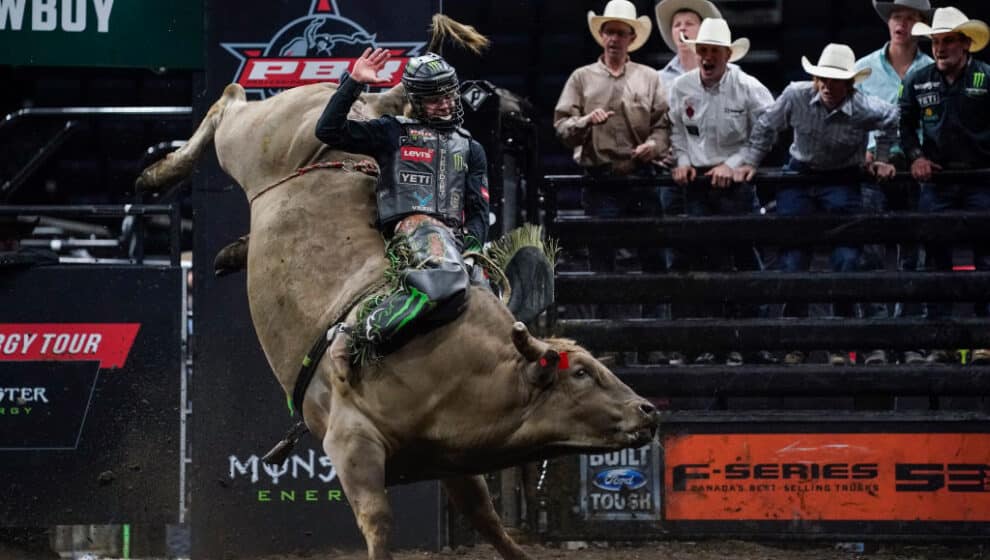Cities are bringing in large-scale rodeos as a way to pump tourism big money into the local economy.
Key Details
- The Calgary Stampede generated about $400 million for the Alberta, Canada, economy.
- The 2019 Houston Livestock Show and Rodeo produced $227 million of economic impact to Texas’ largest city.
- Newcomers and recent returnees to the coast-to-coast rodeo circuit include Milwaukee, Wisconsin; Manchester, New Hampshire; Albany, New York; and Ocean City, Maryland.
why it’s news
The 30-year-old Professional Bull Riders (PBR) league has used its recent acquisition and infusion of capital to promote rodeos and to turn “the toughest eight seconds on dirt” into a team sport, establishing eight new franchises of riders.
Except for a few months without shows in 2020, PBR attendance has been strong. One 2022 indoor bull-riding event in Indianapolis was sold out, with a crowd of 12,000 people.
Two factors behind the league’s success are that rodeos tend to be held in red states, which during the pandemic were more lenient to large gatherings. Plus COVID also sent people fleeing big cities and into areas with big open spaces, where rodeos tend to take place. And finally, the popularity of HBO’s Yellowstone has made cowboy lovers of millions of people—a University of Montana study found that the show attracted 2.1 million visitors and $730 million in 2021 for the state.
backing up a bit
PBR launched in 1992 with 20 $1,000 investments from riders. Then in 2015 Hollywood’s biggest talent agency, Endeavor Group Holdings Inc., bought the bull-riding league for $100 million.
Previous to the league, individual riders made about $75,000 a year, but that doubles by joining a team, such as the Missouri Thunder, whose owner, Bass Pro Shops CEO Johnny Morris, is worth $8.3 billion.
Teams compete for a total annual purse of $6 million. Winners end up with about $1.6 million, with the lowest team pulling in around $400,000.
